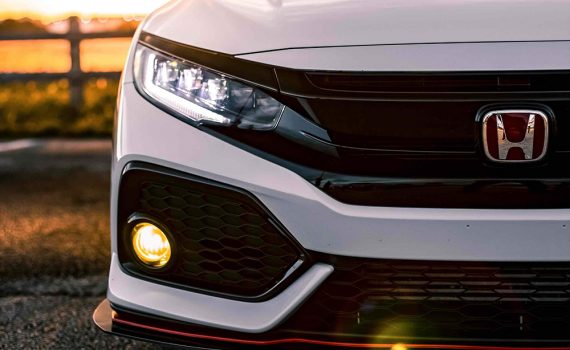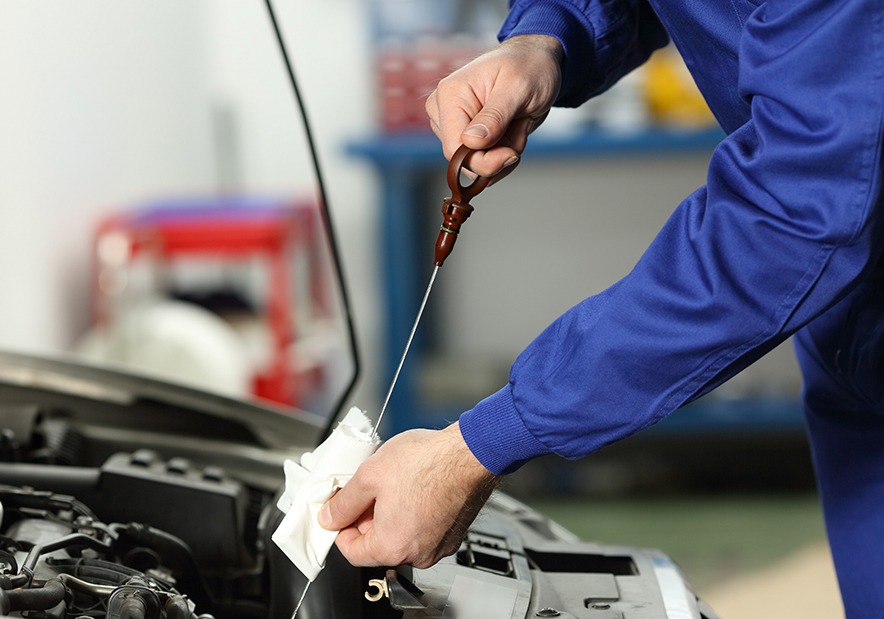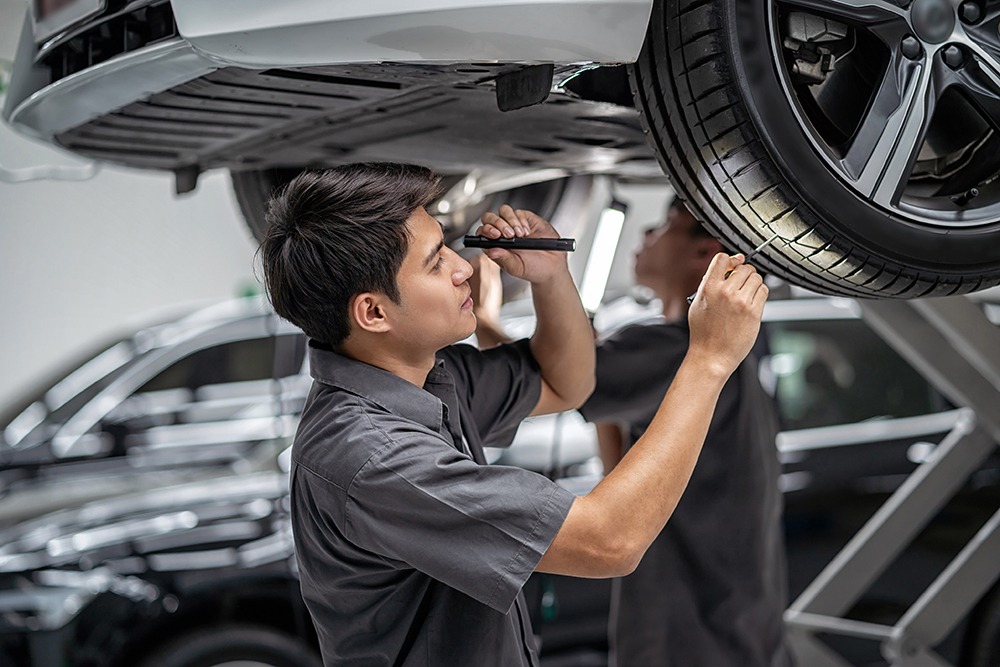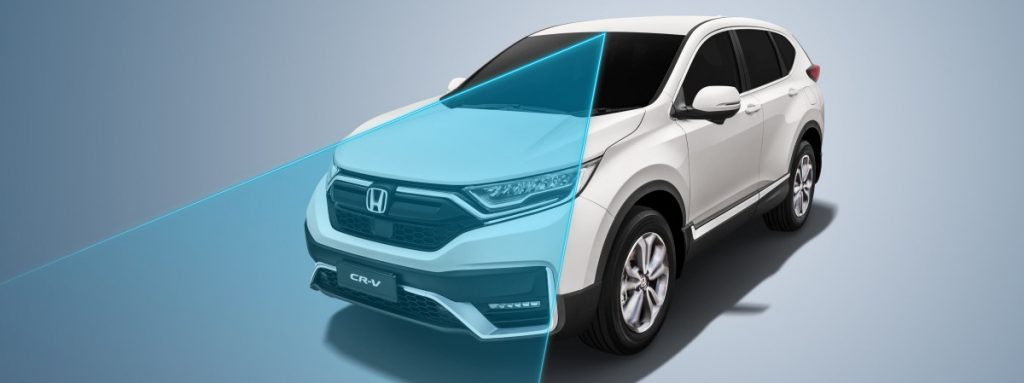
Tips To Remember When Going For A Long Drive
Category : News
Travelling interstate can be quite daunting for those who do not plan ahead. While it does take a lot of strategic planning mostly to avoid the dreaded journey and possible traffic, one shouldn’t forget about checking the car to make sure it’s road ready.
Before you hit the highways; whether it is to go for a holiday, back to your hometown or just planning to go on a long road trip, here are some of the important things you’ll need to check before starting out.
1. Engine oil
The primary purpose for cars to have engine oil is to provide lubrication to your car’s engine, preventing it from rubbing against one another. When not regularly maintained, your engine part’s life span will be shortened and may be destroyed in a very short time. Other than that, it also acts as a cooling supplement for areas that your coolant cannot reach. If you were to drive without engine oil, you risk damaging your car, and the worst case scenario is you may need to replace the engine entirely.

Make sure your car is parked with the engine turned off, pop open your bonnet and look for the ring of the dipstick. Pull it out and clean off any excess oil with a cloth or a paper towel. Dip the stick back in and pull it out again, paying close attention to the oil level. The level should be between the two marked points on the dipstick. If the level is low, top up your car’s engine oil.
If needed, you can always drop by our Formula Venture showroom and our expert mechanics can help to advise you.

2. Tyres
Your tyres are your car’s only contact with the road and ensuring that they are in the best condition helps increase your fuel economy. If your tyres are poorly inflated, they are prone to blowouts and it can be difficult to brake or steer.
Driving with low-pressure tyres can be dangerous and may cause a tyre blowout. Imagine you’re going at 120 km/h, and one of your tyres burst, sending you spiraling across the road. You’re lucky if the road is empty, but what if it wasn’t? You’ll be causing multiple accidents and people may get injured in the process. It’s recommended to get your tyre pressure checked regularly. Also, be sure to keep an eye out for any damages such as stuck nails, swelling and treadwear depth and grooves before you begin your journey.
3. Lights
If you’re starting your journey in the evening, the night will fall fast on you. You’ll need the help of your headlights to get through the night. Before you go on your trip, it’s best to check if they are bright when you switch them on. The highway can often get very dark, and having a dimly lit road won’t be safe in any circumstances.
4. Wipers
Parking under the hot sun can sometimes harden or damage the rubber. Before a long drive, check your wipers to ensure they are in good working condition for clear visibility. You don’t want to be stuck in a sudden rainstorm with wipers that aren’t able to wipe clearly. Be sure to also check on your washer fluid level—it is always good to top up before your long drive.
Additional Driving Tips For Better Driving

1. Use cruise control
It really is heaven-sent for long-distance driving as it not only helps reduce driver fatigue but also increases fuel efficiency. It takes the strain off your journey by maintaining your vehicle speed, so your right foot can take a break once awhile. Most Honda models have the adaptive cruise control (ACC), which is a smart system that helps control acceleration and braking to maintain an appropriate distance. It operates from standstill to high-speed driving modes.
2. Know your warning lights
When driving, it is important to always be alert of your surroundings as well as the other drivers on the road. But you also need to keep an eye on your car’s dashboard. Take the time to read the manual to familiarise yourself with the respective warning icons and what they mean.
3. Notice the small things
While driving, take note of how your car feels and responds. Look out for small changes such as sudden wobbliness of the tyres, unresponsive steering, unusual noises, or sluggishness in the way the car responds. These could be signs that something is not right, so head over to the nearest car workshop for a quick check if any lights go on.

4. Keeping a safe distance
Always keep a safe distance from the car in front of you and don’t tailgate other cars as you may not be able to stop in time to avoid a collision. A safe distance in-between car is about 2 seconds from the car in front of you. Again, with Honda’s adaptive cruise control, you won’t have to worry too much about keeping a safe distance.
When you’re planning to travel, you’ll need to make sure your car is in good condition for the safety of yourself, your passengers and also those in the car with you. Wherever you’re heading, we at Formula Ventures wish you a safe drive.
There you have it. We hope you enjoyed the article!
Don’t forget that Formula Venture is an authorized Honda 3S dealer in Penang, covering the sales, services, spare parts and accessories of Honda cars. If you’re looking to keep your car running in perfect condition, feel free to drop by our showroom! If you’re looking to purchase a Honda for yourself, or want to experience our brand of customer servicing, we’re here for you as well!


 04-291 3136 (Sales)
04-291 3136 (Sales)
 04-291 3008 (Service)
04-291 3008 (Service)

